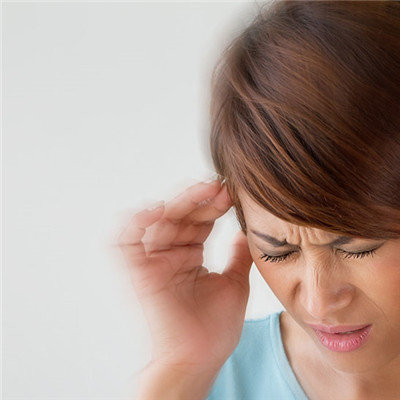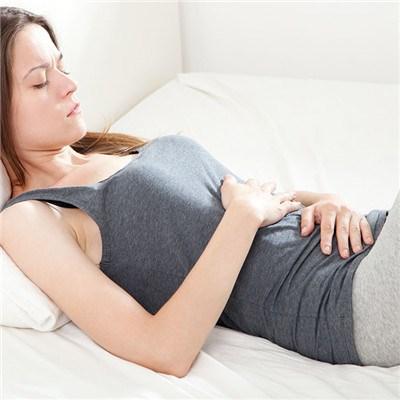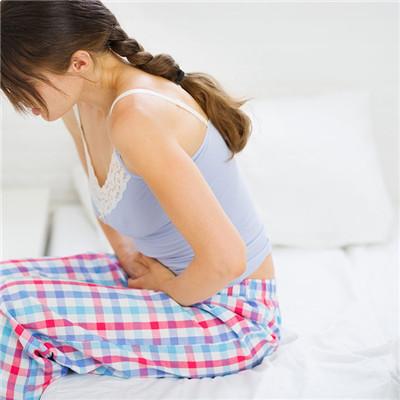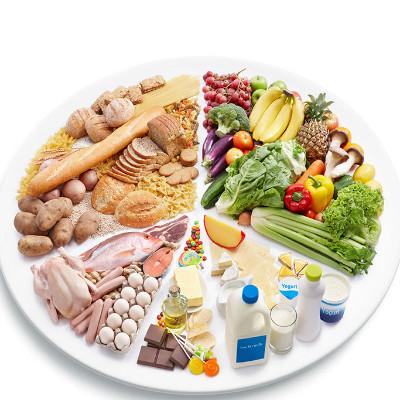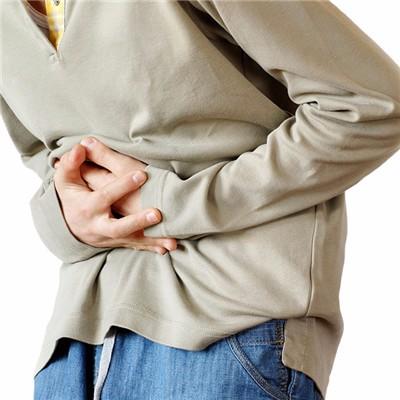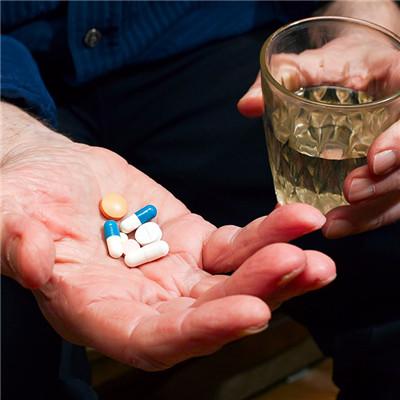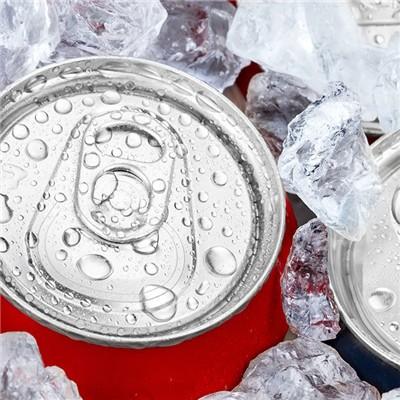Pelvic peritonitis symptoms?
summary
With the influence of social living environment and irregular life, women's uncontrolled sex and other reasons, many women now suffer from pelvic peritonitis. The clinical symptoms are lower abdominal pain, falling pain or spasmodic pain. Now let's talk about the symptoms of pelvic peritonitis.
Pelvic peritonitis symptoms?
The patient has high fever and chills, and the temperature can reach 40 ℃ or above. There is severe spasmodic pain in the lower abdomen, which is persistent, often with nausea and vomiting, and aggravating during activities; Urination, stool pain, diarrhea or constipation. Patients like to take two legs flexion horizontal, in order to reduce abdominal wall tension and pain. In severe cases, there may be restlessness, systemic failure, even confusion, delirium, coma, etc.
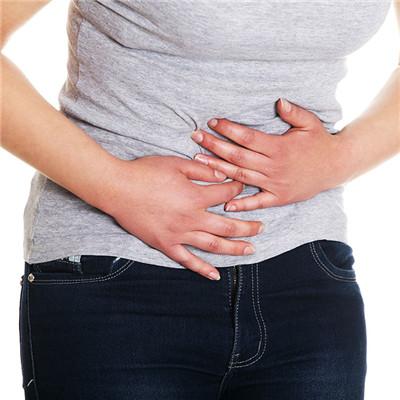
Abdominal wall tension, rigidity, plate-shaped abdomen, severe tenderness and rebound pain, the patient refused to press, especially in the lower abdomen. Therefore, gynecological examination is almost impossible, even if the examination is not satisfactory. The whole cervix and fornix have obvious tenderness. At this stage, doctors should not force double check. Severe patients may have shock, decreased blood pressure, pale complexion, dry tongue, cold sweat, etc., and then collapse, heart failure, pulmonary edema, etc. The diagnosis can be made according to the above clinical symptoms. The number of leukocytes and neutrophils increased, and ESR increased significantly.

Now with the development of society, people's requirements for living standards are constantly improving. The pressure of work and life is increasing, so the understanding of disease is less and less, so we should strengthen the understanding and prevention of disease, so as to be conducive to our physical and mental health.
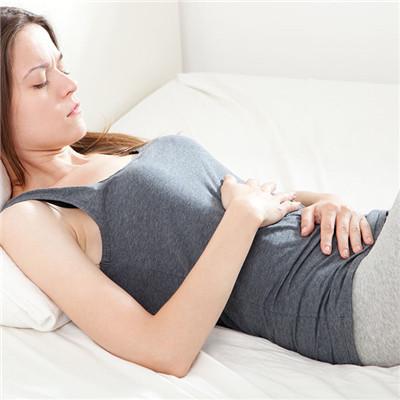
matters needing attention
Pelvic peritonitis this disease, common symptoms are fever, pain, irritability, shock and so on. So in general, it is very important to have a good living habits and eating habits for the recovery of the disease, but also to strengthen the awareness of disease prevention
